2017 Annual Report for ONC16-017
Evaluating and Sharing Techniques in Silvopasture Establishment
Summary
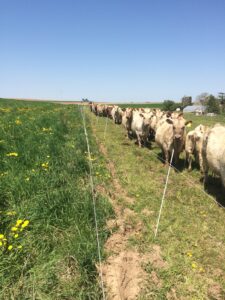


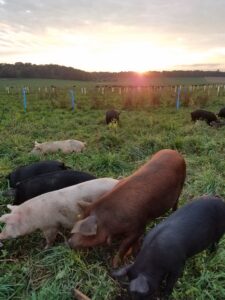
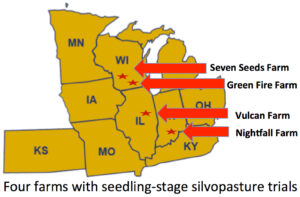
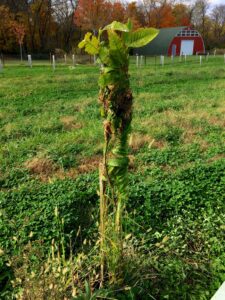
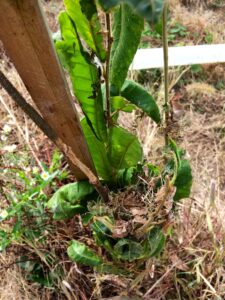
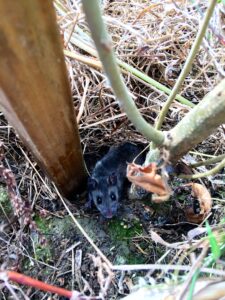
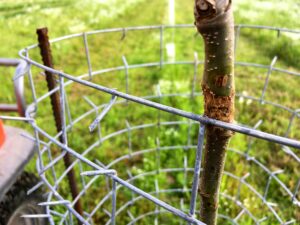
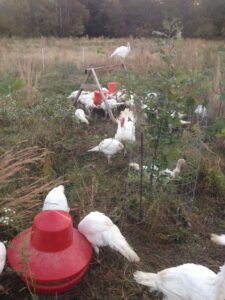
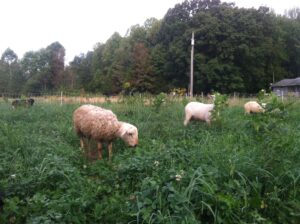
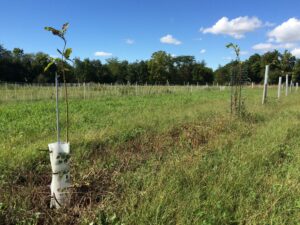
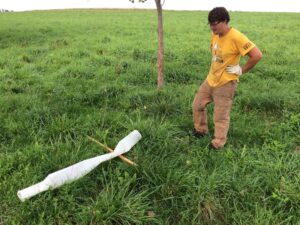
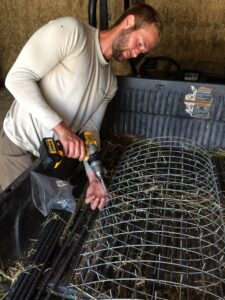
Silvopasture – the integration of livestock, forage, and tree crops – can generate multiple high-value products with minimal off-farm input while enhancing ecological functions. Silvopasture is common worldwide, but remains largely untested in the North-Central region.
We have established four on-farm trials of different methods to establish silvopasture by planting seedling trees in active pasture systems with various livestock. We are contextualizing results with whole-enterprise records at each farm. This is the only coordinated set of such on-farm trails we are aware of in the North-Central region.
We have begun the process of farmers conducting the trials interviewing experienced practitioners of silvopasture. To spread knowledge, we have hosted field days, presented at workshops and conferences, and farmers shared initial lessons learned at our annual conference. We are also in process of creating a novel map-based online hub for information exchange among social networks of perennial agriculture practitioners, potential silvopasture adopters, researchers, educators, and other stakeholders.
Objectives/Performance Targets
- Perform replicated trials of fencing and tree protection strategies in seedling-stage silvopastures on four farms, each integrating different species of livestock
- Track costs and required labor of establishing and managing seedling-stage silvopastures
- Record interviews and publish podcasts of conversations between beginning graziers and experienced silvopastoralists about best practices in establishing and managing silvopastures.
- Develop an online silvopasture hub for knowledge exchange within a map-based network of perennial agriculture practitioners, researchers, and educators
- Share research results via silvopasture hub, field days, conference presentation, and a bulletin
- Provide on-farm demonstration of effective silvopasture establishment techniques to field day attendees.
Accomplishments/Milestones
Elizabeth and Nate Brownlee at Nightfall Farm are testing Tree Pro tree tubes, homemade metal cages, electric poly net fence, and no protection controls. Livestock are sheep, pigs, and turkeys.
Cathe Capel at Seven Sisters Farm is testing Tree Pro tree tubes, Arbor Shield metal cages, electric poly net fence, and no protection controls. Livestock are sheep.
Michael Dolan at Seven Seeds Farm is testing Tree Pro tree tubes, Arbor Shield metal cages, electric single strand fence, and no protection controls. Livestock are beef cow/calf.
Jacob Marty Green Fire Farm is testing Tree Pro tree tubes, Blue-X tree tubes, Arbor Shield metal cages, electric double strand Gallager Smart fence, and no protection controls. Livestock are beef cow/calf and steers, pigs, and sheep.
Seedling trees on each farm include diversity of species for shade, timber, fruit, nut, and forage functions. Each farm has two replicates of each tree protection method being tested. Twice per season for each replicate, farmers collected data on tree growth, survival, damage, and surrounding weed pressure before and after a grazing event.
Each farm is also keeping records of time and costs of establishing and managing silvopasture, including those particular to each of the tree protection methods.
Cathe Capel and Michael Dolan each hosted a field day in August and September, respectively.
Jacob Marty and Kevin Wolz (who is working with Cathy Capel on this project) presented on what they have learned so far in this study at the Savanna Institute Perennial Farmer Gathering. Project coordinator Keefe Keeley presented initial results as part of presentations at the Silvopasture Camp that Savanna Institute co-hosted with UW and U MN cooperative extension and at the Hazelnut Growers Conference.
We have developed a script and schedule to interview experienced farmers.
Savanna Institute and partners have created www.PerennialMap.org which will host the silvopasture hub in development.
Impacts and Contributions/Outcomes
Combined attendance for the two field days was 115, and local media outlets covered each event. Both farmers and the project coordinator discussed silvopasture, how it works at the farm, and what we are learning through these trials. Conference audiences for our presentations totaled approximately 220 people.
Broadly speaking, and perhaps most importantly, this project is helping develop a community of farms practicing silvopasture in the region. Each of these farms are gaining practical experience and knowledge in establishing silvopasture in a variety of different fashions, they are gathering knowledge from experienced farmers, and they are sharing what they are learning with other farmers and interested people via on-farm events and media reaching an extended audience.
Collaborators:
7740 W County Rd 1100 S
Crothersville, IN 47229
Website: http://www.nightfallfarm.com/
5079 County Road Z
Spring Green, WI 53588
Website: http://www.sevenseedsorganicfarm.com